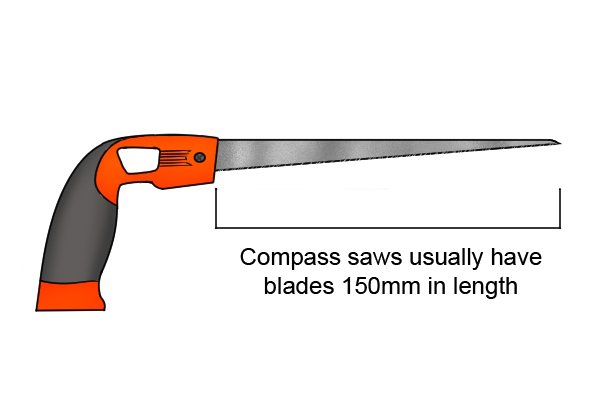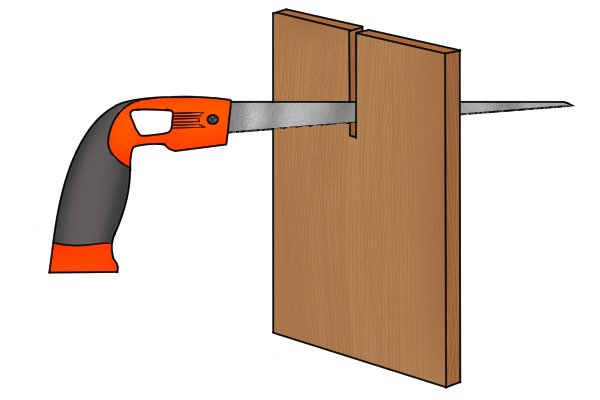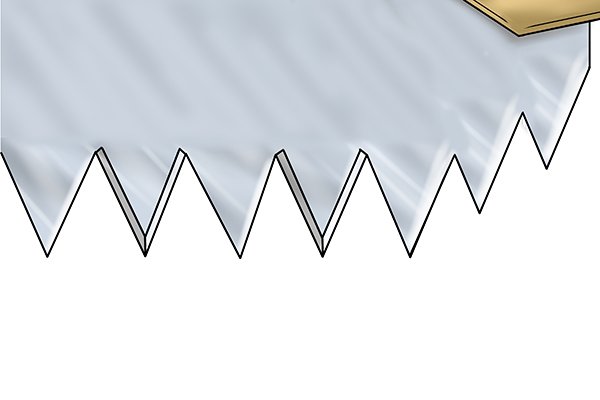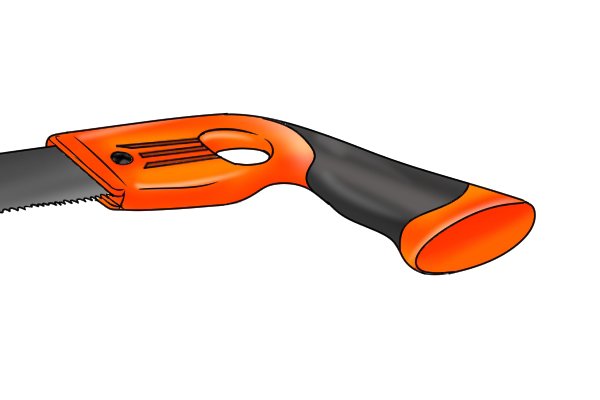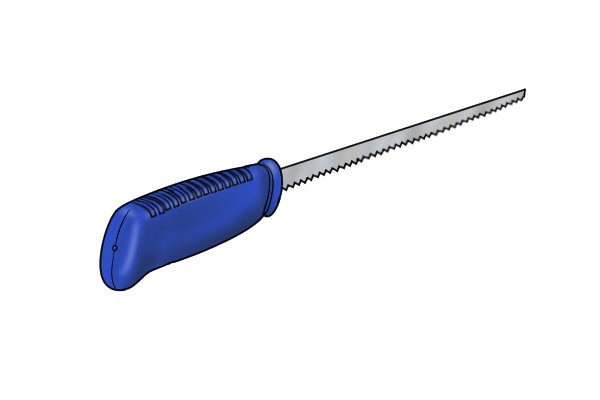What is a compass saw? |
||||
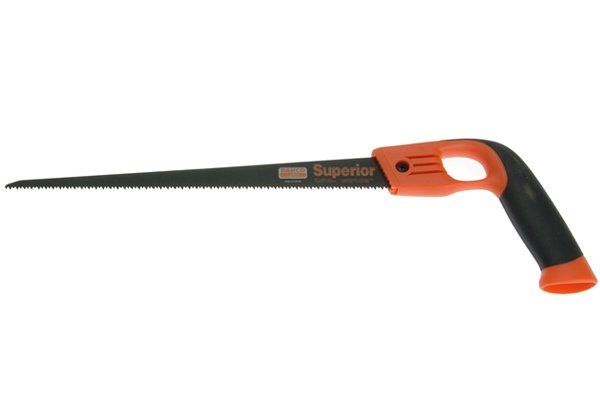 |
A compass saw (also called a keyhole saw) has a long tapered blade and a curved handle. | |||
Why is it called a compass saw? |
||||
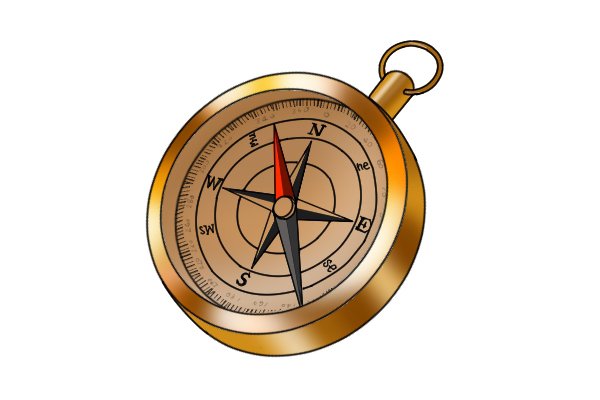 |
As well as a device that points north, the word compass also refers to an instrument used for marking out a circle or curve, something the compass saw is specifically designed to do. | |||
Application |
||||
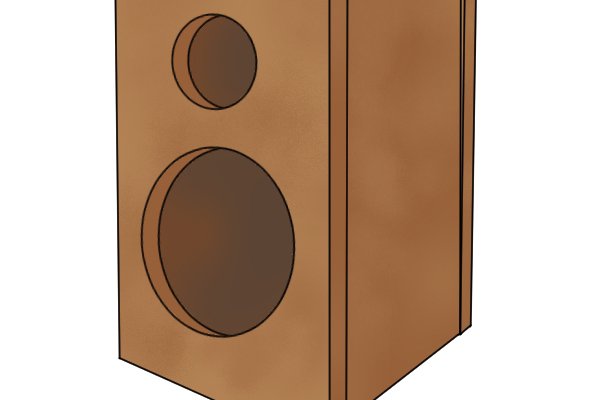
|
A compass saw is designed for cutting curves or working in awkward and confined spaces where a larger saw could not fit. It’s similar to an angle grinder, but get a lot more accuracy and a better quality finish.
For home improvement generally, you’ll find that a compass saw comes in handy. Every home should have one. One of the occasions you might need to use a compass saw is when putting up blinds or shutters. It leaves a lovely clean finished |
|||
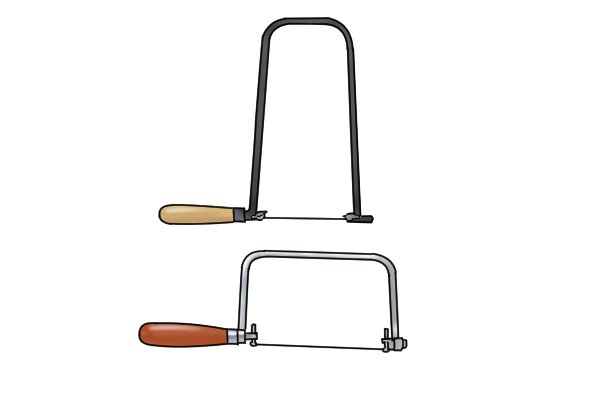 |
Isn’t that what a coping or fret saw does?Yes, however a compass saw can cut through thicker materials more quickly and does not create as neat a finish. This is because the blade has larger and fewer teeth per inch, so it can cut and remove more material with each stroke. The thin tip of the blade allows for cutting extremely tight curves, like those of a keyhole (which is why it is often referred to as a keyhole saw). |
|||
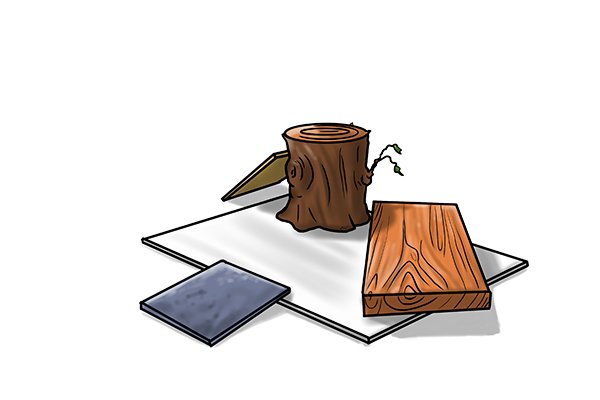 |
Compass saws are designed for use in all types of wood and plastic as well as non-ferrous metals. | |||





